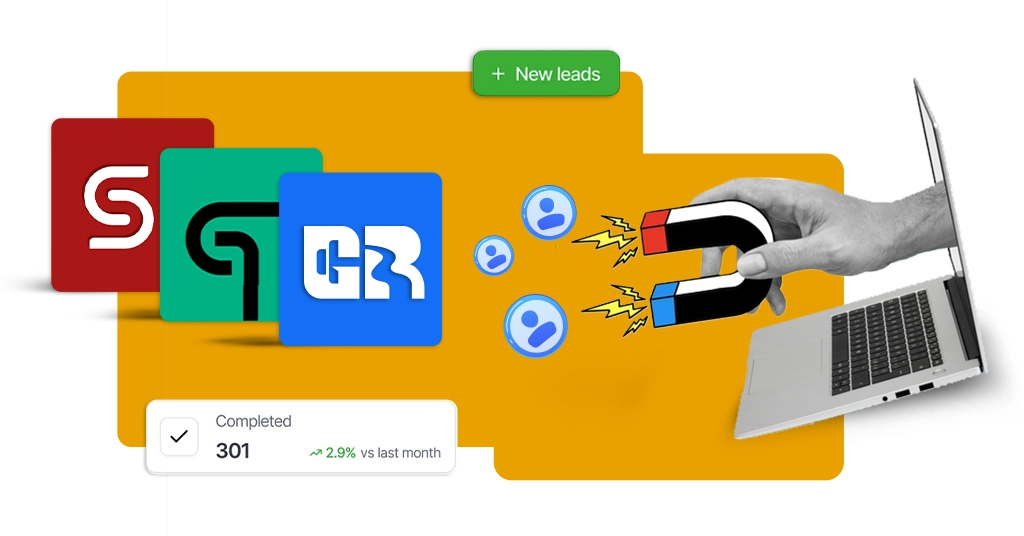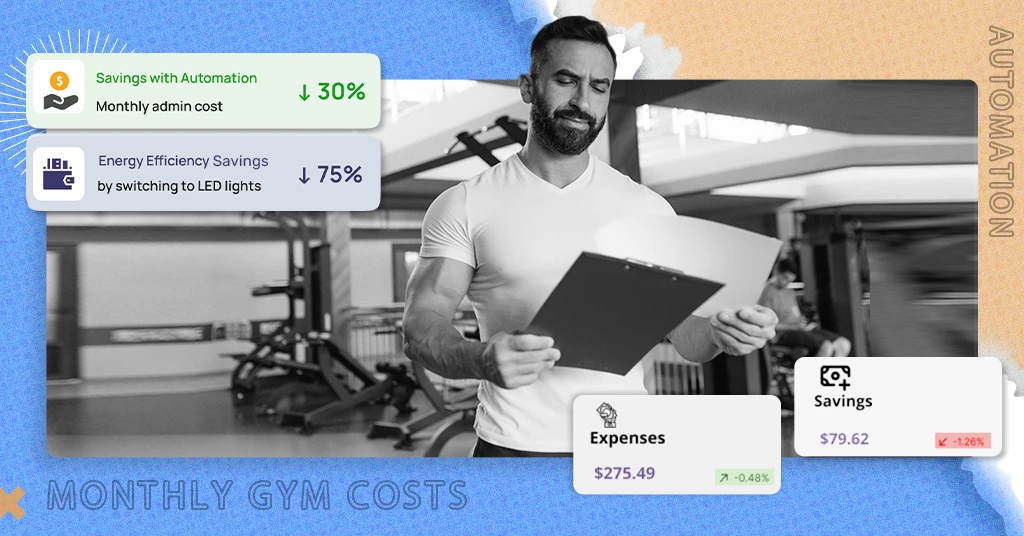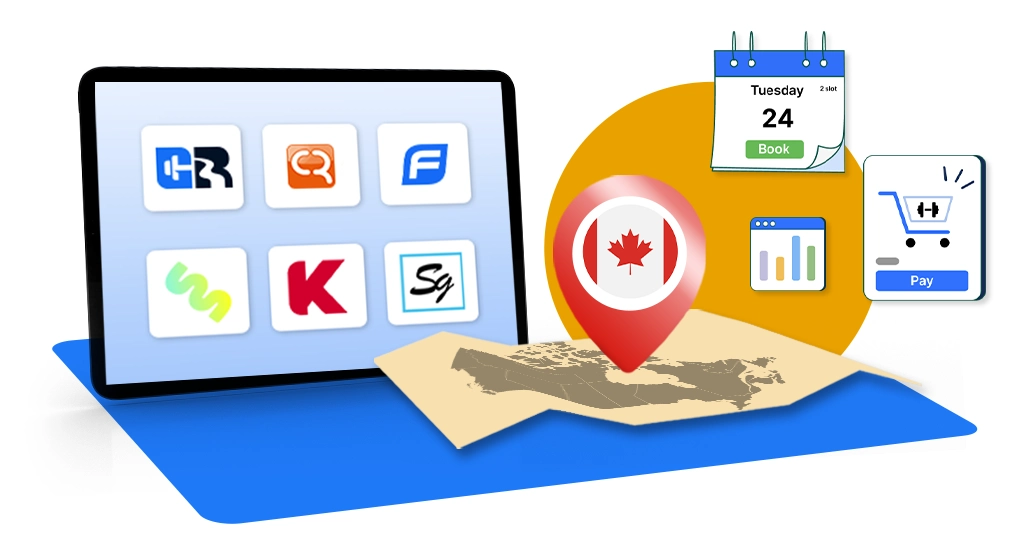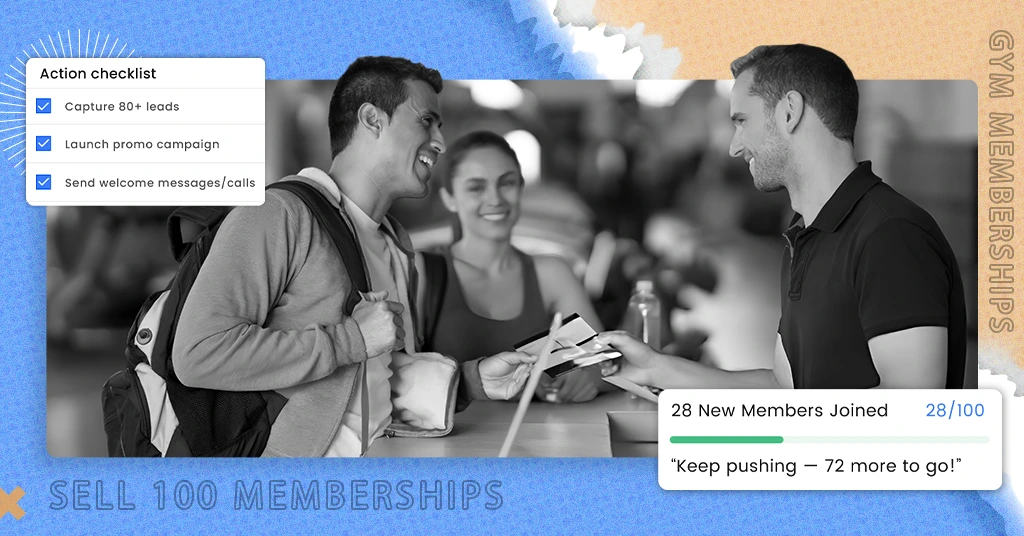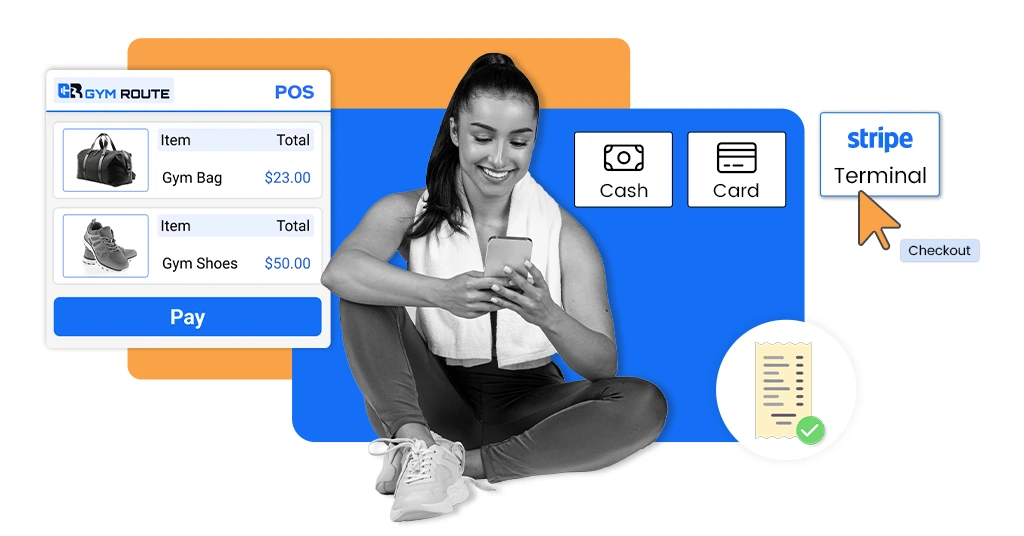Transitioning from traditional gym management to digital means replacing manual tasks with software that automates bookings, payments, and communication. This shift is vital because it saves time, reduces errors, and gives members the flexibility they expect.
The fitness industry has always moved with trends. From aerobics in the 1980s to CrossFit in the 2000s, every decade has brought change. Now, the biggest change is not about workouts. It is about how gyms are managed.
For decades, gyms used paper sign-up sheets, spreadsheets, and clipboards. These methods worked when member numbers were small. But today, people live in a digital-first world. They use apps for banking, booking flights, and ordering food. They expect the same simplicity from their gyms.
The switch from traditional to digital management is no longer about luxury. It is survival. Gyms that fail to adapt risk falling behind competitors that run smoother, faster, and more efficiently. This blog shows exactly how a gym can make that shift, with practical steps backed by real examples and data.
Why do gyms need to shift from traditional to digital?

Gyms need to shift to digital because members now demand convenience and speed. A manual system cannot deliver this.
Think of a member arriving at 6 pm, the busiest hour of the day. In a traditional system, they queue to check in, fill out forms, or wait while staff search through paper records. In a digital system, the same member scans a QR code or checks in through an app in seconds.
The numbers prove the shift is essential. According to IHRSA (2023), gyms that adopted digital tools saw 25% higher member retention and 30% faster payment collection. Members simply stay longer when the experience feels modern and hassle-free.
👉 GymRoute makes this shift easy with built-in booking, check-in, and payment tools. You save time, and members enjoy a seamless experience.
Common challenges of traditional gym management

Traditional management creates inefficiency, errors, and poor service. These issues hold gyms back from growth.
Manual systems mean lost paperwork, missed renewals, and human mistakes. A 2022 report from Club Industry found that 40% of small gyms using spreadsheets misreported member attendance each month, leading to poor decisions on staffing and classes.
Another challenge is limited communication. Sending reminders by phone or email takes hours. With no automated system, many gyms fail to follow up with members who stop attending. This often leads to high churn rates.
The member experience also suffers. A Les Mills survey (2023) found that 78% of gym-goers said digital access was a deciding factor in where they trained. This means old-fashioned systems are not just inconvenient. They actively drive members away.
👉 GymRoute solves this with automated reminders and communication features, helping you keep members engaged without extra admin work.
Benefits of digital gym management software
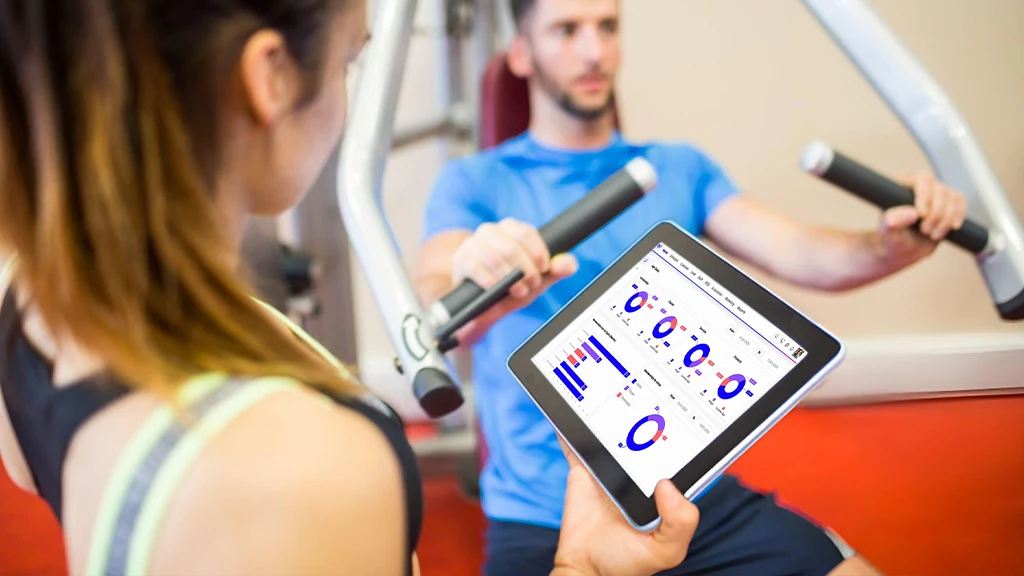
Digital gym management software turns chaos into order. It automates tasks, improves communication, and provides a better experience.
For staff, it means less time on admin and more time engaging with members. Bookings, renewals, and payments all happen automatically. Reports are available instantly. For members, it means booking classes online, receiving reminders, and accessing gym services 24/7 through an app.
Take the example of PureGym in the UK, which uses fully digital sign-up and check-in systems. Members join online, receive a PIN, and enter the gym without speaking to staff. This model helped PureGym expand to over 500 locations while keeping costs low.
A Statista (2024) report revealed that 72% of gym members now expect online booking options. Digital systems are no longer “nice to have.” They are essential for survival.
👉 With GymRoute, even small gyms can run like big chains. The platform gives you the same professional edge without the big budget.
How to go digital?
The move to digital is simple if done step by step. Start with the basics, then add more tools as your gym grows.
Step 1: Assessing current operations
The first step in going digital is to assess what is working and what is failing in your current system.
Look closely at processes like new member sign-ups, class bookings, renewals, and communication. Are members waiting too long at the front desk? Are payments delayed? Are staff spending more time on paperwork than on service?
For example, a mid-size gym in Manchester found that staff spent 15 hours per week managing paper-based class bookings. By switching to digital scheduling, they reduced this to less than 2 hours per week, freeing staff to focus on training and retention.
Without this honest review, you risk investing in digital tools that don’t solve the real problems.
👉 GymRoute’s reporting tools make this assessment easier, showing you exactly where the bottlenecks are and what to improve first.
Step 2: Choosing the right digital tools
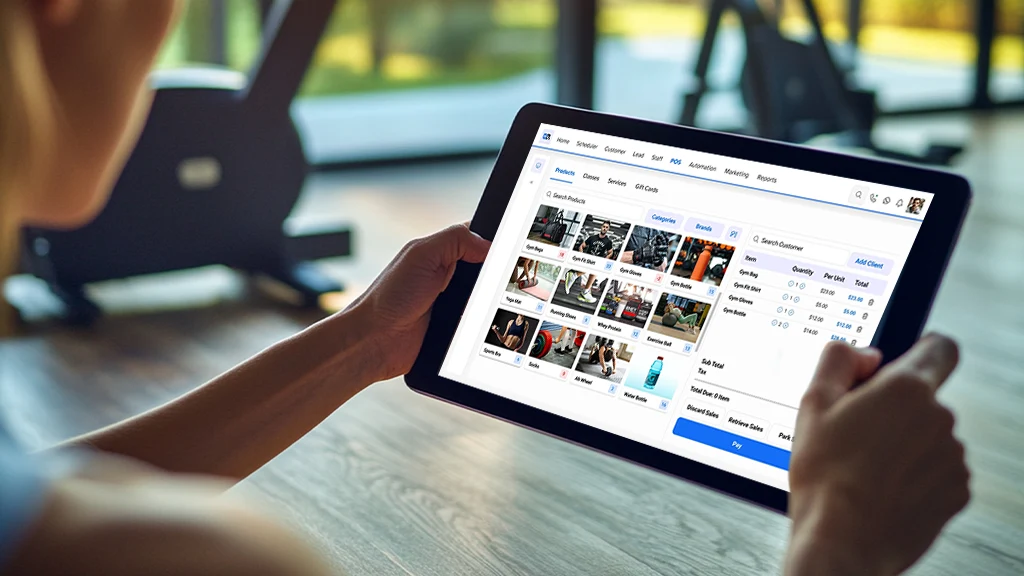
The second step is selecting software that meets your gym’s exact needs.
There are many options, from all-in-one platforms like GymRoute, Glofox, or Mindbody, to niche tools that only handle payments or booking. The best choice depends on your size, budget, and member profile.
Key features to look for include:
- Membership management
- Online booking and scheduling
- Integrated payments
- CRM (Customer Relationship Management)
- Mobile app access
- Automated marketing and reminders
A ClubIntel (2023) study found that gyms using all-in-one platforms had 50% higher staff satisfaction because systems were easier to manage. Choosing wisely makes the transition smoother for everyone.
👉 GymRoute combines all of these into one platform, so you don’t have to juggle multiple apps. It’s built to scale with your gym as you grow.
Step 3: Training staff and members

Even the best software will fail if staff and members do not know how to use it. Training is key.
Staff should be confident in managing bookings, payments, and reports through the system. Short training sessions, video tutorials, and step-by-step guides help build confidence.
Members also need clear guidance. A London gym that switched to app-based bookings sent members a simple video tutorial. Adoption jumped to 85% within three weeks because the instructions were clear.
Without training, confusion sets in. With training, adoption becomes natural.
👉 GymRoute offers built-in onboarding support for both staff and members, making the transition smooth and stress-free.
Step 4: Integrating payments, CRM, and communication
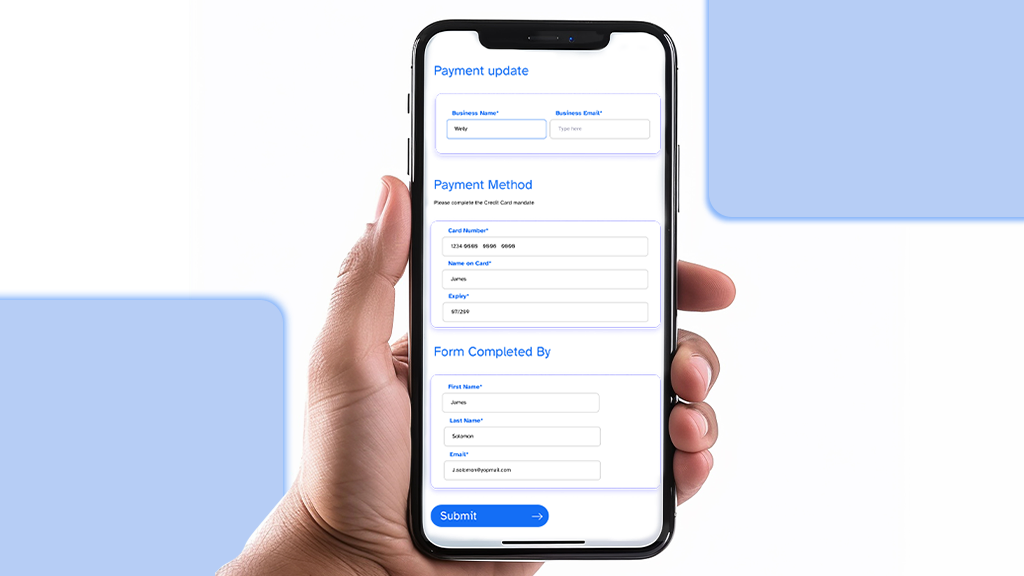
Integration connects all the moving parts of your gym into one smooth system.
Digital payments reduce cash handling and make renewals automatic. A CRM stores member details, tracks attendance, and notes personal goals. Communication tools send reminders about renewals, offers, or even missed workouts.
For example, a Birmingham studio used its CRM to identify members who had not visited in 10 days. An automated email reminded them of their goals. 30% returned within a week.
PayPal (2023) reported that digital payment adoption improved customer satisfaction by 31% compared to manual billing. Integration is not about features. It is about creating a better member journey.
👉 GymRoute integrates payments, CRM, and communication in one place. This means no more chasing overdue payments or losing track of member progress.
Step 5: Using data for pricing, retention, and marketing
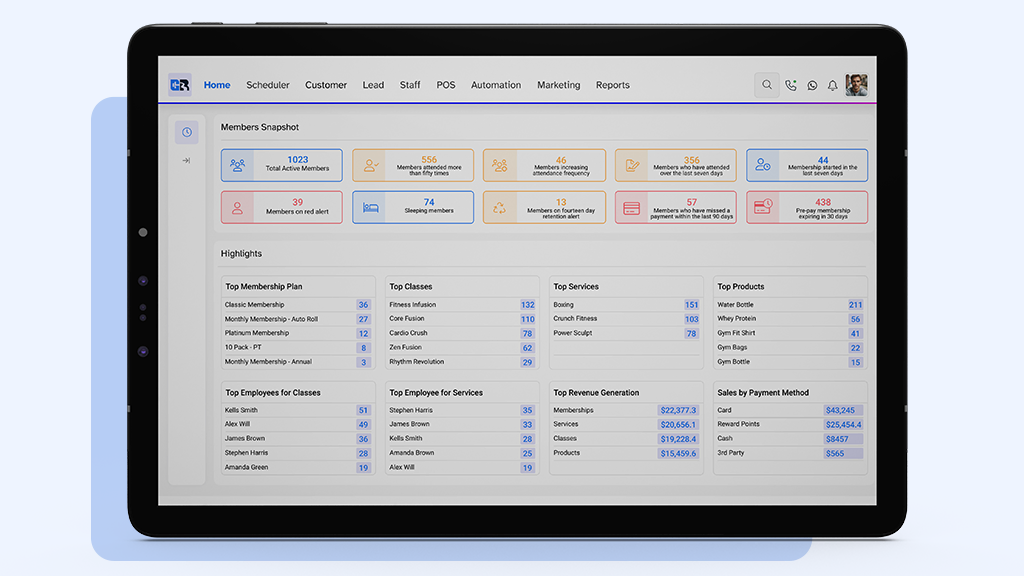
Data is one of the greatest strengths of digital management. It helps gyms make smarter decisions.
Reports can show which classes are full, which time slots are busiest, and which members are most at risk of leaving. For example, if evening yoga classes are always booked, you can add more sessions. If some members haven’t checked in for weeks, you can reach out before they cancel.
McKinsey (2024) found that data-driven businesses grow 23% faster and improve customer loyalty by 15%. For gyms, this means more members stay, and fewer leave.
👉 GymRoute turns your daily data into easy-to-read reports. This helps you make decisions that boost retention, improve pricing models, and target marketing more effectively.
Avoiding mistakes during transition
The biggest mistake is rushing the process or ignoring member feedback.
Some gyms choose software that is too complex, hoping it will “do everything.” Others switch all systems overnight, leaving staff and members confused. Both approaches lead to frustration.
A safer method is step-by-step adoption. Start with bookings or payments. Once staff and members are comfortable, add CRM, marketing, or reporting tools. Always collect feedback and adjust.
A Dublin fitness club rolled out its new platform in three stages. After each stage, it gathered feedback and made changes. Adoption reached 95% in six months, with almost no complaints.
👉 GymRoute is designed for gradual rollouts, so you can adopt features at your own pace without overwhelming staff or members.
Why does digital transformation ensure long-term growth?
Digital transformation ensures long-term growth because it builds efficiency, improves retention, and attracts younger members.
Digital systems scale easily. Whether you have 200 members or 2,000, the same platform can handle the load. Staff do not need to grow at the same rate as memberships. This keeps costs under control.
Younger members also expect tech-first experiences. A Les Mills report (2023) found that Gen Z and Millennials make up 80% of fitness consumers, and most will not join a gym without digital features. Digital adoption is not about keeping up. It is about staying in business.
👉 With GymRoute, you future-proof your gym. It gives you the tools to stay ahead of industry trends and member expectations.
Conclusion
Transitioning from traditional gym management to digital is not an upgrade. It is survival. Members now demand faster, smarter, and more flexible systems. Manual methods simply cannot compete.
The path forward is clear. Review your current system, choose the right tools, train everyone, integrate payments and communication, and use data to guide pricing and retention. Avoid rushing, and keep listening to members.
The evidence is overwhelming. Digital gyms retain more members, collect payments faster, and scale more easily. As the Global Wellness Institute (2024) predicts, the digital fitness market will grow 10% each year until 2030. The gyms that act now will be the ones that thrive.
👉 Ready to take the first step? Book a free demo with GymRoute today and discover how simple digital gym management can be.


